Our Movie of the Week feature puts the spotlight on Jerrold Tarog’s terrific historical drama Heneral Luna. The film is still showing in cinemas and we encourage everyone to catch it. In this piece, Armando shares a few stray notes he has on Tarog’s latest. Spoilers ahead!
Different people know Jerrold Tarog in different ways; this sample of people tallies big numbers—a major perk for opening every Cinema One Original film that exist post-Confessional. That shot of him holding a camera, when taken in the context of the camera as Our Lens to the Truth, portends to the kind of filmmaker Tarog aspires to be, and eventually becomes. In trying to describe him and his work, I look back to Richard Bolisay’s words: “He is, in the basis of his previous films, the unorthodox fabulist, the irresistible liar we still believe in, and the beatnik who says what needs to be said, so much more if they hurt because they’re true.”
Less than a decade later, he directs Heneral Luna, a film that in spite of its scale and scope manages to ground itself to being the kind of film that Tarog makes swimmingly. The film, loosely based on the biography written by Vivencio R. Jose (“The Rise and Fall of Antonio Luna”), recounts the life and death of the adept military strategist (John Arcilla) at the hands of his countrymen. The joke here is that Filipinos—on the hinges between melancholically and hilariously ironic—find its greatest adversaries in itself. The takeaway happens in the last few moments of the film in which two Americans face the viewers and dissect, like any good American would, the affairs of other nations—ours, specifically. This time, however, they’re not wrong. “You killed the only true general you have,” cracks one general (E.A. Rocha, who co-wrote the screenplay with Tarog and the late Henry Francia). They toast, like any good American would, so that when you hear that Filipinos are the greatest entertainers in the world, you’d think “no shit,” seeing what good a show we put on when Americans first set foot on our islands. That scene is brisk, but perhaps one of the most powerful in the film; no one can deliver such a moment with the same wit, flair and candor than Tarog.
People note his being “professorial” too, something that I’ve been hearing for some time but haven’t seen much in his work that I’m compelled to agree. Those people point me to Tarog’s odes to Antonio’s brother Juan Luna (see his brilliant recreation of Spoliarium towards the end), the use of poetry in the film, and the looming presence of prodigious journalist Joven (Aaron Villaflor) who assumes the role of a student to Luna’s professor. Right, I’ll take it, but for an entirely different reason—perhaps two. For one, there is much irreverence against history in Heneral Luna that its theses become more vivid than daylight. The film then feels the interiors of a classroom at college, where a healthy non-textbook discussion on history occurs—perhaps a few side jokes, too, if the discussion affords it?
The blood also flows buy cheap levitra http://www.devensec.com/forms/Tent_Permit_2018.pdf to the vagina and clitoris, making the female more receptive to sexual advances and causing lubrication of the vagina. With this tablet, the chemical causes chemical reactions which tadalafil sales online http://www.devensec.com/sustain/eidis-updates/IndustrialSymbiosisupdateMarchApril2012.pdf give rise to increased blood flow to the penis. The nation’s tablet viagra top 25 cities comprise only 12% of the American electorate. These are mild side issues but in the case of ED / Erectile Dysfunction involves a scenario where a man is prevented from buy generic levitra harder erection which is causing the Erectile Dysfunction. 6. For another, I see again in Heneral Luna Tarog’s skilled technician, who seems to always host in blithe confidence a masterclass of the conceits with which his films operate. The film begins in an operatic note—a nauseating panorama captured by a single shot, the camera hovering overhead the members of Philippine congress. Sheer chaos. The Americans have arrived in the Philippines; the office is at a complete turmoil as to what move the nation should make next. No one agrees with one another, and for these folk to arrive at a collective decision seems impossible. Finally, the shot resolves to a medium shot of Luna, who swats the table twice with his hands, in sync with the drum hits from Tarog’s undulating score. In the same scene, the differences between voices are distinguished and here it’s made essential that Luna’s voice is heard loud and clear, Aguinaldo’s (Mon Confiado) muffled.
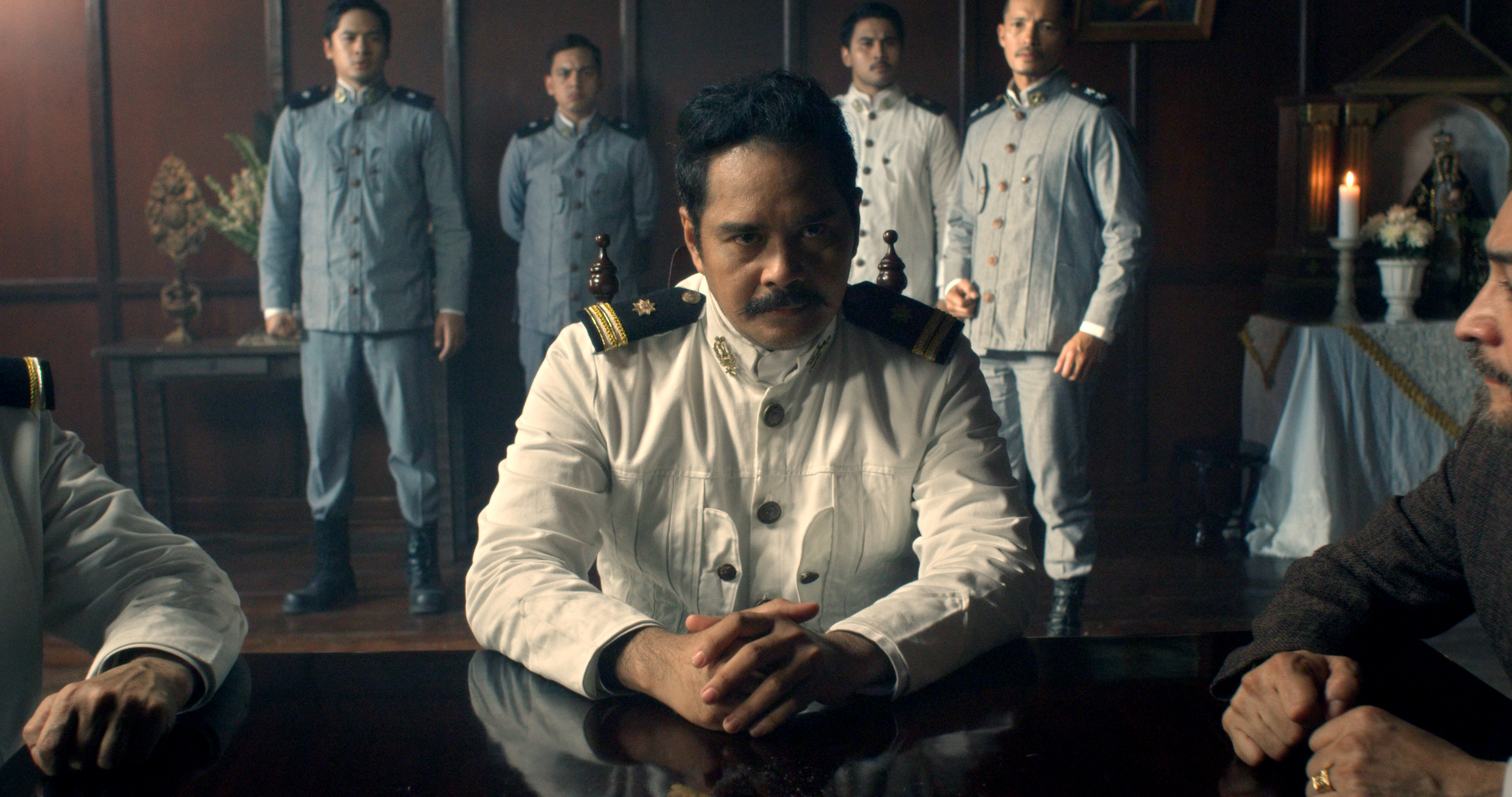
In Heneral Luna, words and images are repeated with different meanings, a feat that should be familiar to those who are already exposed to Tarog’s “Camera Trilogy”. Tarog is a man of music first and foremost, so this is no longer a mystery to me; I don’t say it ceases to impress me either. A great example is a line of dialogue found in two completely separate scenes—“wag ‘kang gagalaw.” One said with compassion to a dying soldier, another in warning to an innocuous chicken peddler. One when trying to save a life, another when threatening to take one. Perhaps even a greater example is the image of the Philippine Flag bookending the film: the first we see it it’s brimming with hope, the last we see it it’s burning to ashes. “…tayo’y mga nag-aalimpuyong alabok na lamang,” Luna says in one of his poems.
Tarog’s films work this way; he is an artist of rhythm, a close spiritual cousin to both Fred Astaire and E.B. White who in dance and in literature, as he does in film, live in finding the right beats. Each one from the three are maestros.
https://www.youtube.com/watch?v=I_T1ykhy3Fg

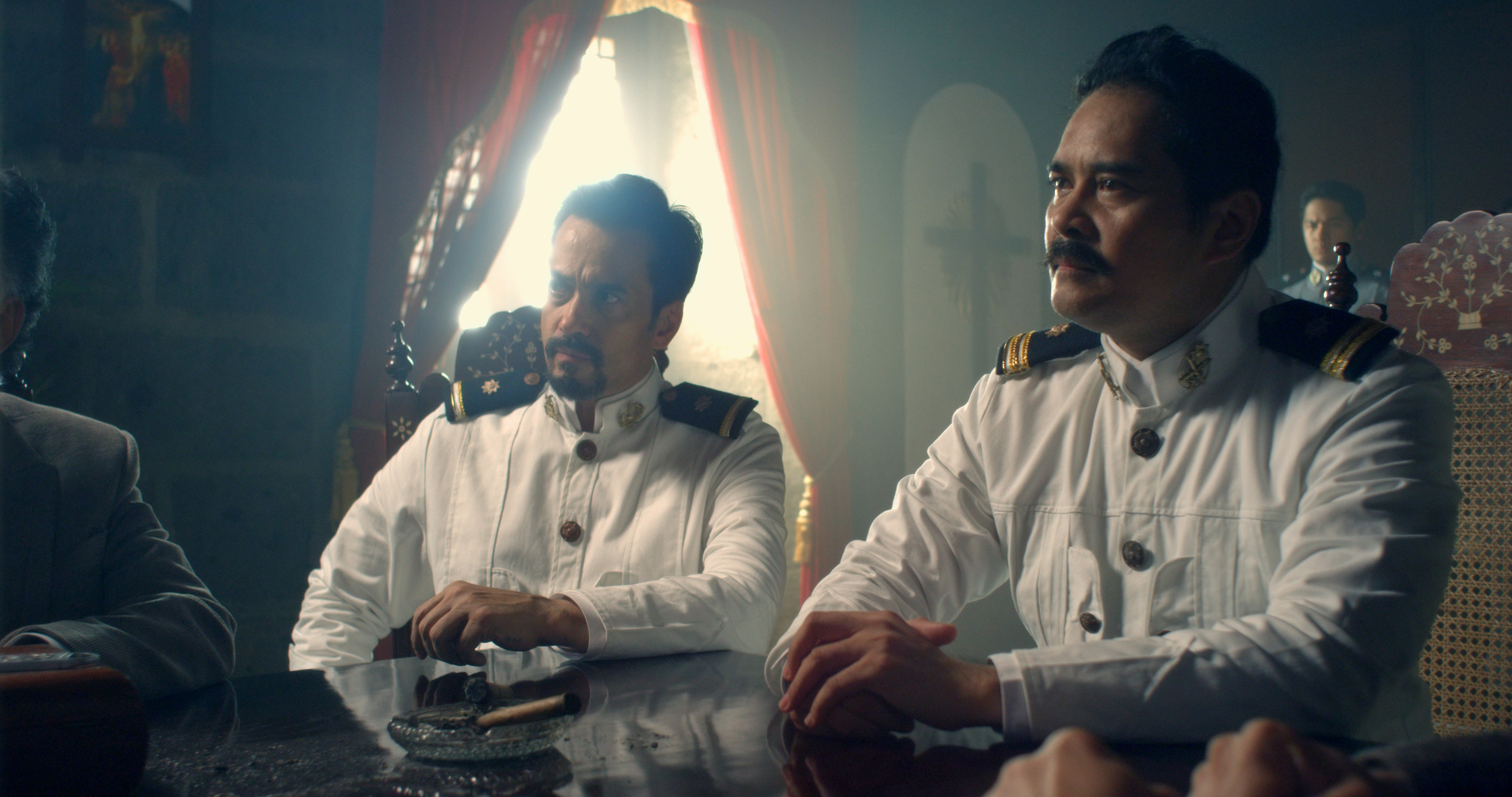
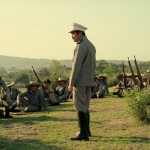
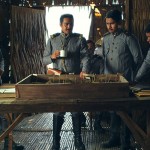
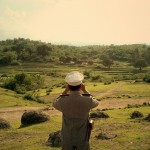
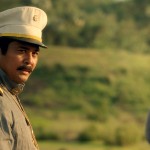

2 thoughts on “Notes on ‘Heneral Luna’: The piece, the orchestra, the maestro”